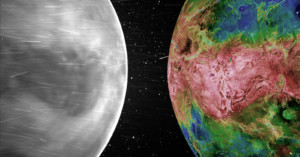
NASA Probe Captures its First Photos of Venus’ Surface in Visible Light
NASA's Parker Solar Probe has captured its first visible light images of the surface of Venus from space, piercing the thick clouds that obscure the planet.

NASA's Parker Solar Probe has captured its first visible light images of the surface of Venus from space, piercing the thick clouds that obscure the planet.
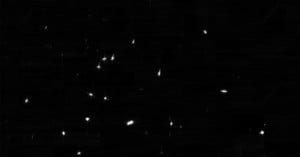
The James Webb Space Telescope is currently in the midst of the months-long mirror calibration process before it starts to capture in-focus images, but NASA has released the first photo it took that verifies it is in great working condition.
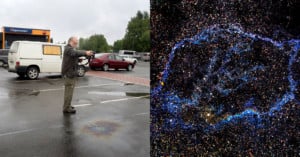
Finnish photographer Juha Tanhua has been shooting an unusual series of "space photos." While the work may look like astrophotography images of stars, galaxies, and nebulae, they were actually captured with a camera pointed down, not up. Tanhua created the images by capturing gasoline puddles found on the asphalt of parking lots.

In December of 2020, scientist and photographer Nathan Myhrvold captured over 100 meteors from the Geminids along with five other showers with a custom-designed, four-camera panoramic system. Afterward, they were animated together to show how they fill the night sky.

The camera system on the James Webb Space Telescope is fully online and operational, and NASA has begun the process of aligning the mirrors so that it can begin to capture its first photos.
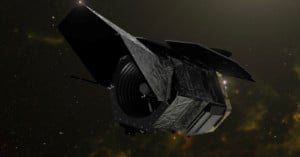
A team of astrophysicists has created a simulated image that shows how the Nancy Grace Roman Space Telescope will operate compared to Hubble: it will be able to image an area 300x larger with the same sharp resolution.

On December 4, 2021, a total solar eclipse occurred over the skies of Antarctica. It was the only place on Earth where it was visible, and this photo from space shows the huge shadow the event cast over the southernmost continent.

The Chinese Mars orbiter Tianwen-1 has sent back a selfie video that shows its orbit around Red Planet. The clip was published in celebration of the Lunar New Year and shows both the orbiter and Mars below it as it zooms around the planet.
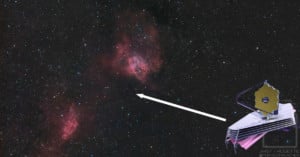
Astrophotographer Jason Guenzel captured a photo of the James Webb Space Telescope as it flew through space toward its final distant parking orbit. The image was captured while the telescope was 1 million kilometers (620,000 miles) away.
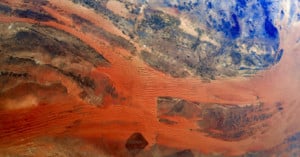
European Space Agency (ESA) astronaut Matthias Maurer has published a pair of photos of the Arabian Peninsula as seen from the International Space Station, revealing colors and lines that look akin to brush strokes on a painting.
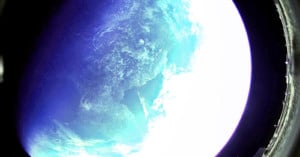
North Korea's official state media has released a set of photos captured from space that it says were taken from a camera mounted on one of its missiles designed to deliver a nuclear warhead.
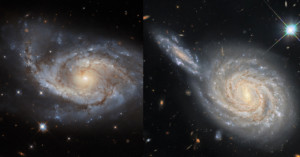
The Hubble Space Telescope, while soon to be succeeded by the James Webb Space Telescope, continues to capture important images of the universe. In two recent images, perspective plays an important role in how these galaxies appear.

A massive and "potentially hazardous" asteroid measuring 0.68 miles (1.1km) wide flew past the Earth at over 43,000 miles per hour on Tuesday. Photographer Andrew McCarthy managed to capture real-time footage showing what the flyby looked like in the night sky.
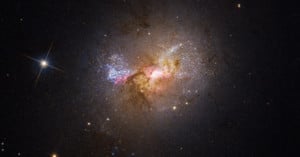
The Hubble Space Telescope has observed a black hole at the center of a dwarf galaxy that is not acting like the destructive monsters they are often portrayed as. Instead, this black hole is creating stars rather than absorbing them.
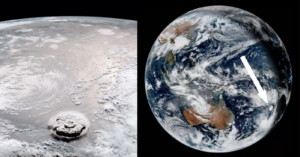
An undersea volcano near the Pacific island nation of Tonga has erupted, sending an explosive shockwave by air and a tsunami by sea ripping across the Pacific Ocean. The eruption was captured in satellite images and is one of the most violent ever seen from space.
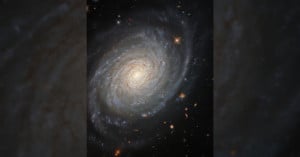
A new image taken by the Hubble Space Telescope showcases a spiral-shaped galaxy that lies around 150 million light-years away. But NASA says not to be fooled: its peaceful state belies a violent past.
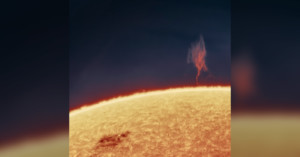
Right now, there is an 80,000 mile high "plasma tree" bursting from the surface of the Sun and into its atmosphere. This image, captured by photographer Andrew McCarthy, provides a sense of scale to the sheer mass of the Solar System's star.
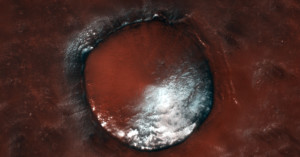
The European Space Agency (ESA) released a breathtaking new photo of a two-and-a-half-mile wide ice-covered crater on Mars affectionately nicknamed "Red Velvet."
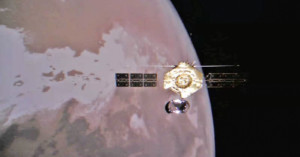
China's National Space Administration published four photos taken by its Tianwen-1 Mars mission, including the first full photo of the orbiting probe over the Red Planet.
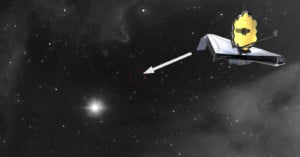
Amateur astrophotographer Ethan Gone went out recently to shoot a nebula and ended up creating a time-lapse of the newly-launched James Webb Space Telescope flying through space.

As Comet Leonard whizzed by Earth during Christmas festivities on its journey through the Solar System, photographer Andrew McCarthy went out into his backyard and captured incredible photos of the colorful "Christmas Comet."
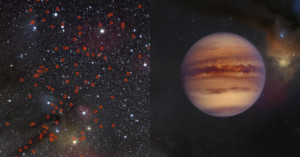
In a groundbreaking discovery, astronomers have spotted at least 70 -- but potentially up to 170 -- new "rogue" planets floating by themselves in space thanks to wide-field images gathered from satellites and other facilities across the globe.
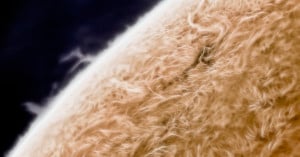
Astrophotographer Jason Guenzel has captured one of his most detailed solar images in his years of photographing "the curiosities of the universe." It's a stunning photo that reveals the twisted "surface" of our Sun.
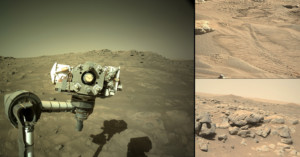
The Mars Perseverance Rover has been hard at work on the Red Planet since it landed earlier this year. In addition to capturing physical samples, it has also been regularly snapping photos and NASA has shared its most liked images from the last year.
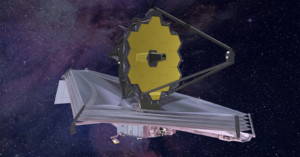
NASA is set to launch the James Webb Space Telescope (JWST), the successor to the legendary Hubble Space Telescope, on December 25, and what it will be first set to observe was determined from more than 1,000 proposals.
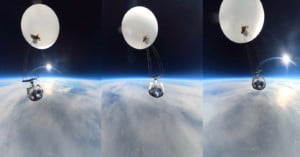
The Insta360 team partnered with NewMakeIt to send its tiny ONE X2 action camera high enough into the sky to clearly see the darkness of space and the curvature of the Earth.
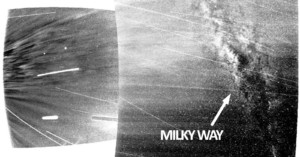
NASA announced this week that its Parker Solar Probe was the first spacecraft to ever "touch the Sun" by flying through its corona, or upper atmosphere. The probe captured the first photos ever from within the corona, and those images were then turned into this incredible 13-second timelapse video.
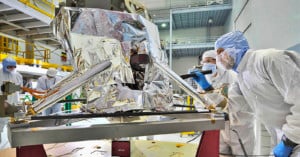
NASA's soon-to-be-launched James Webb Telescope is set to fly into space this month and begin its tasks of collecting infrared light from the distant corners of the cosmos. But to do so, it needs to get very, very cold.
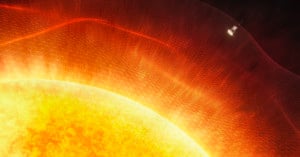
For the first time ever, a spacecraft has touched the sun. NASA has announced that the Parker Solar probe flew through the sun's upper atmosphere and captured "coronal streamers" up close, something only ever previously seen from afar.

Japanese billionaire Yusaku Maezawa has published a timelapse he captured from the International Space Station (ISS) as he orbited Earth, a view he describes as "breathtaking."